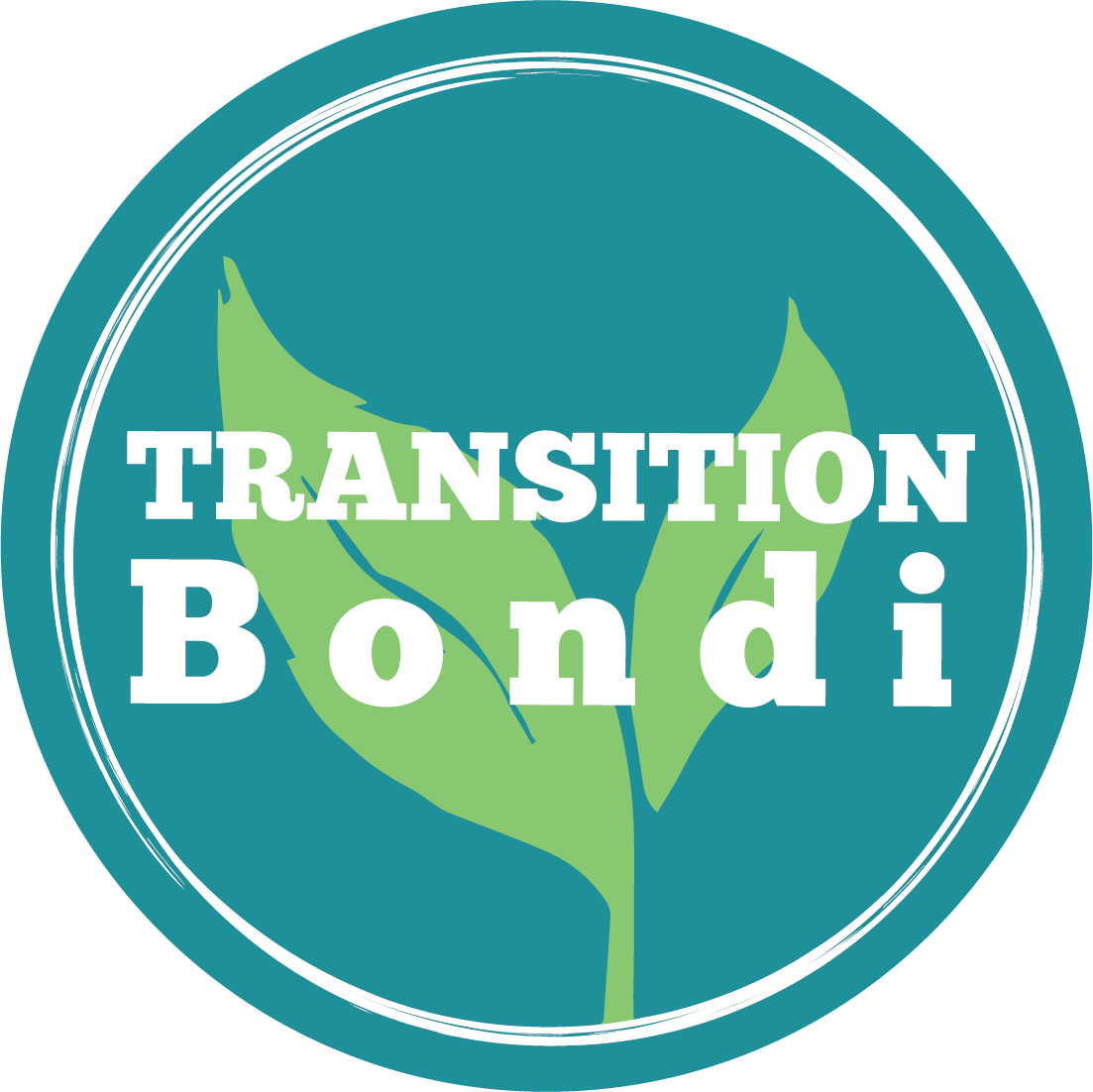How a ‘Think-and-Listen session’ can nourish the environmental activist
Words by Kit
I recently led a workshop titled “Inner Transition: Resilient Individuals in Cohesive Groups”. The purpose was to offer ideas and tools for personal and collective sustainability, bringing nourishment, reflection and insight to those who put a lot of time and effort into environmental activism.
The evening revolved around setting up Listening Partnerships as a tool for reflection and support. It is very useful to have an opportunity outside our mainstream lives – a confidential, private two-way exchange of time – to ventilate ideas, offload feelings or think things through.
In our day to day lives, we are required to be well-behaved and buttoned up, at the expense of actually knowing what our deeper experience of life is.
Suppressing feelings (in order to conduct smooth social behaviour) can have the effect of keeping hidden our struggles, and this leaves us often quite isolated. Surely this doesn’t aid collaboration in our community groups?!
Don’t we all struggle with feelings about ourselves (e.g. feeling incompetent, that we don’t know enough, powerless) or feelings about the world (despair, rage, fear, hopeless, overwhelmed)?
The Listening Partnership is not a conversation. Uninterrupted time is given to each person in turn (and a timer is used to make sure it is an offering of equal attention to both). There is no feeding back or commenting. One problem with this process, however, is that we get ‘triggered’ when we listen to people: we want to jump in and ask questions, or make a critical remark, or add our own bit.
It takes discipline, and respect to allow the speaker to have the space fully, to hear their own thinking, to complete their thoughts, to delve their feelings. And the feelings may need expression, overflowing into tears, laughter, shaking or yawning (as we release tension), without the partner trying to stop this expression.
This is a useful setup too for planning something: have another person give you their undivided attention as interested listener, while you do your planning/thinking aloud. Then switch turns. Ten minutes each, an hour each, whatever works (but use a timer!). There is something about having the connection with another person who is there for you, that brings energy and warmth, to what could otherwise be lonely or tiresome tasks.
Give it a try. Call it a Think-and-Listen session.
Contact Kit Shepherd for more instruction about setting up Listening Partnerships Email: [email protected]

